Louis Roederer Champagne Collection 244 and History
by Ken Gargett
Recently, we have been looking at some of the more attractively priced champagnes, as opposed to the pointy end prestige offerings that have become horrendously and frustratingly expensive.

Louis Roederer Collection 244 NV champagne
The Louis Roederer Collection, current release being the 244 (A$110) is one of the great buys in Champagne today, but it is also so much more. Chef de Cave Jean-Baptiste Lécaillon is at the forefront of what can only be seen as a seismic change in the way champagne operates, especially regarding their non-vintage wines.
It’s a modern day French Revolution. Lécaillon is not alone. Laurent and Jean-Hervé Chiquet from the house of Jacquesson were arguably the first and Krug was soon on board.
In 2000, the brothers Chiquet introduced their 700 Series, the first release being the 728. Until that moment, the entire region insisted that non-vintage champagnes were identical, year to year.
It did not matter whether you bought your Pol NV or your Bolly NV or your Moet NV in Brisbane or Baghdad or Bristol, conventional wisdom as well as house propaganda would insist that you’d get the same wine this year, next year and in ten years’ time.
Never varied. So you worked out the house style you liked, stuck with it, and all was well with the world.
The theory was that the skill of the blenders would take material from the most recent harvest and then, using magic that was near the equivalent of alchemy, blend in varying amounts of reserves from past vintages, different varieties, and fruit from different sources throughout the region, and a clone of past years would emerge.
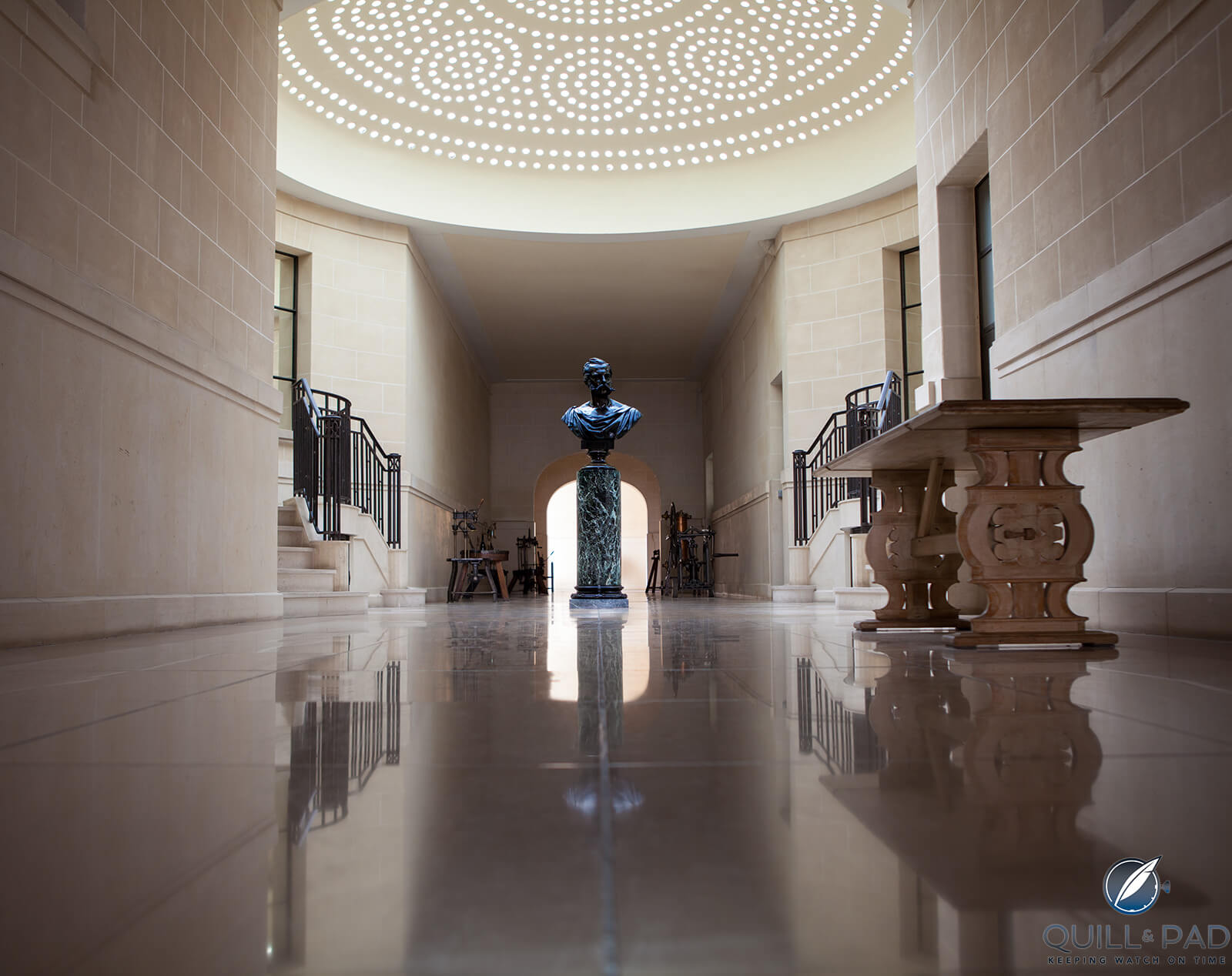
Louis Roederer Coupole
———————————————————————————
———————————————————————————
Small operators may not have many options when it came to reserves, but even they supposedly could perform this magic trick, while the larger houses might use up to 200 different wines/reserves in blending.
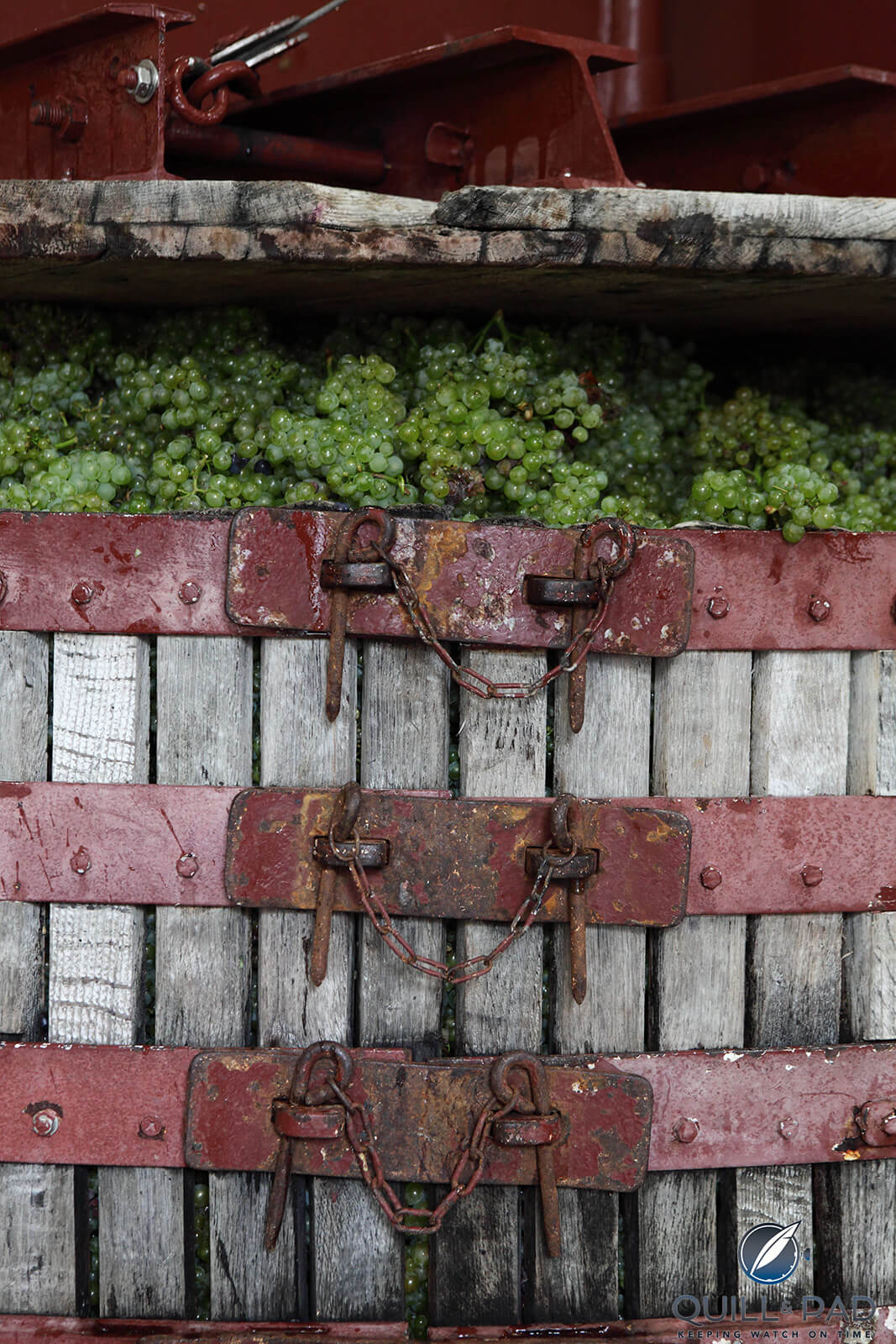
Louis Roederer wine press
Whatever went on behind the green curtain, the end result was a bottle of their NV champagne, which replicated every past (and foreshadowed every future) non-vintage bottle.
Jacquesson named theirs 728, the number of blends recorded over their history. They had realized, however, what everyone knew. Sure, the wines might be extremely close to each other, vintage after vintage, but there were inevitably differences.
No matter how skilful the chef de cave was, tiny discrepancies between the years could not be helped.
Why should the region be afraid of that? Instead, at Jacquesson, they embraced it. They felt that the insistence of continuity had held them back, forcing them to dumb down wines with great base years.
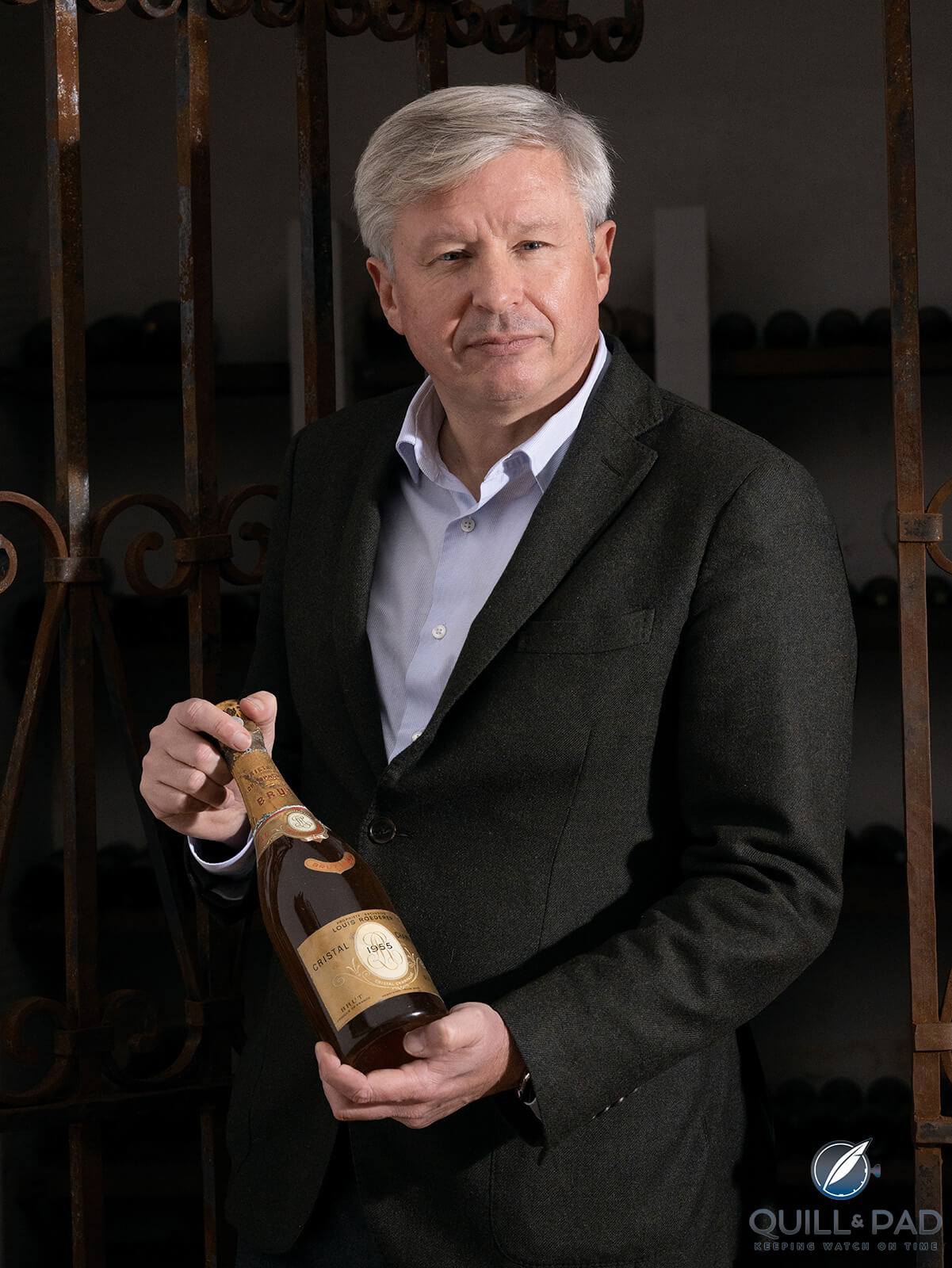
Jean-Baptiste Lécaillon, Chef-de-Cave at Louis Roederer champagne
At Roederer, the lightbulb moment for Jean-Baptiste was when he realized that the Brut Premier NV which was based on the 2002 vintage, could actually have been a better wine if they were not limited by the need for conformity.
Krug, who prefer the term multi-vintage to non-vintage (a much more apt term and one which is becoming ever more popular), now also number their various wines. So a Grand Cuvee, named, for example, the 171st Grand Cuvee, is based on the 2015 vintage.
It dates back to 2000 for reserve wines and is a blend of 131 wines from twelve years. Hence, the great 2008 vintage was the basis of the 164th Grand Cuvee.
You get the idea. They too, recognised that while the wines had Krug DNA and may well have been similar, there were subtle differences. Expect other houses to follow, although each will likely find a way of making their system slightly different from the others.
———————————————————————————
———————————————————————————
Louis Roederer established Brut Premier as their non-vintage champagne from 1986. It was by far their biggest selling wine and a superb example of what can be achieved with the non-vintage category. Jean-Baptiste Lécaillon thought that they could do even better.
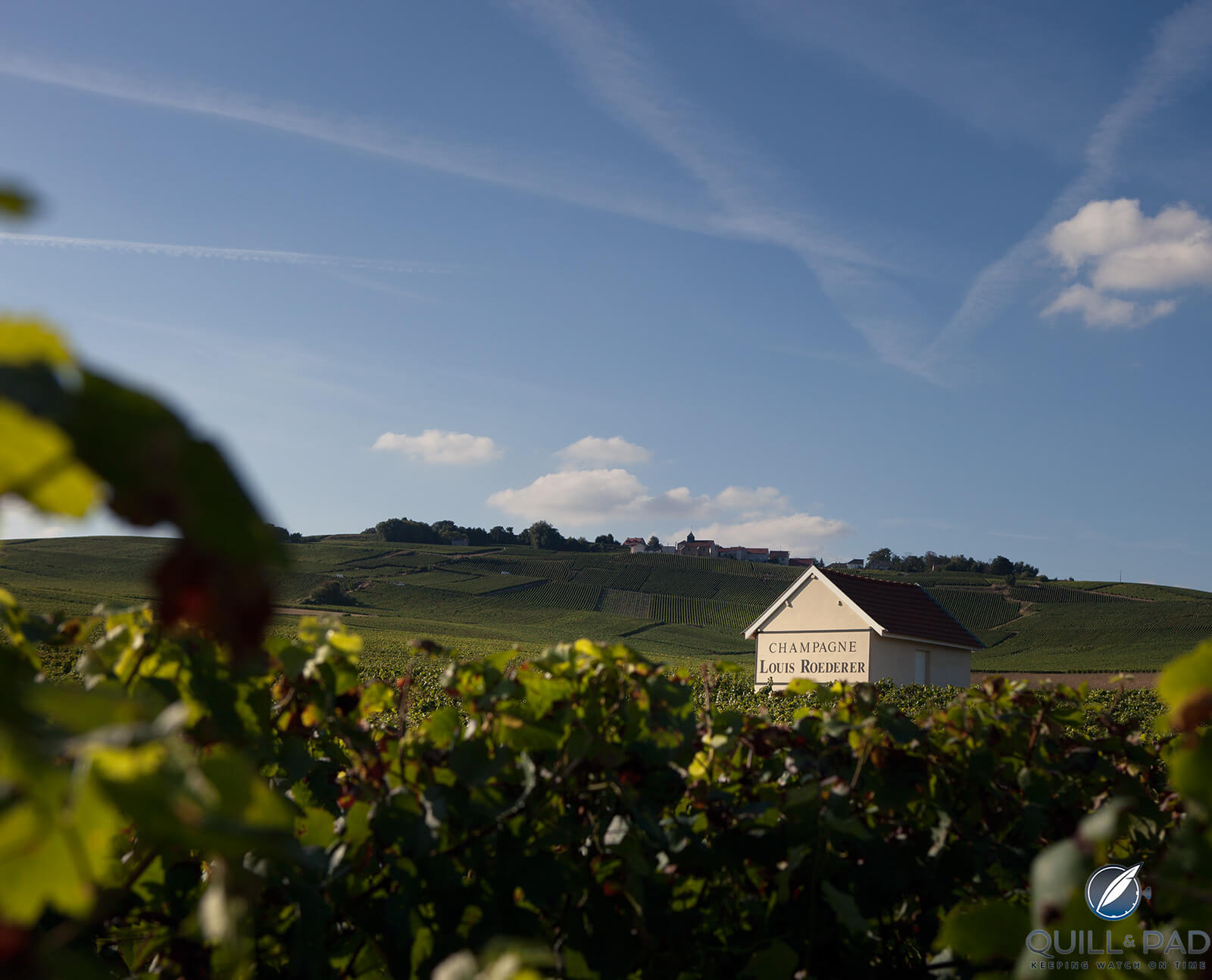
Louis Roederer vineyards
After much consideration, trials, experimentation and tastings, the move has been made to Collection. Brut Premier has been discontinued.
These wines are also non-vintage (multi-vintage) and numbered. The first commercial release was 242. We have just seen 244 hit the shelves and 245 will join it later in the year.
Prior to 242, the team under Jean-Baptiste had several trials and he kindly brought the range with him for us to have a look.
The name, 242, comes from the fact that this wine was based on the 2017 vintage, which was Roederer’s 242nd harvest since they were founded back in 1776.
According to some, the move to acknowledging annual variations is partly due to climate change. Put simply, climate change would result in vintages that are very different from those in the past, making unimpeachable continuity an impossible feat.
None of this means that these new wines will not reflect the DNA of the house.
The fact that we are even discussing the various new systems from Roederer and other producers is an acknowledgement by the houses that their former insistence on providing as little information as possible about their wines simply would not wash today.
Even worse was the rather patronizing dismissal by champagne houses when information was sought, declaring that this was not something that was of interest to consumers.
They could not have been more wrong. Sure, if you are out for a day at the races with friends and enjoying a few glasses of champers, or something similar, you are hardly likely to be seeking information as to dosage, percentages of various crus, time on lees, and so forth.
However, a great many consumers, when buying expensive wines, really do want to know as much as possible about them.
The more enlightened houses have realized this and are providing what the consumer wants.
———————————————————————————
———————————————————————————
Louis Roederer took a rather different path than simply offering their non-vintage decorated as the new Collection wines. Jean-Baptiste established what they call the “réserve perpetuelle”.
Basically, a large and perpetually refreshed reserve wine for use in the Collection, it will act as the core for the blend for years to come. I that sense, it is not dissimilar to a sherry solera.
They began this reserve (in what I understand is one whoppingly big tank) with the 2012 vintage. So every future wine from the Collection series will have a contribution (ever decreasing, of course) of the 2012 in it, as well as everything that has followed.
They will also continue storing their standard reserve wines in large old oak vats. Those will be included in the blends, along with the “réserve perpetuelle”.
Jean-Baptiste has been quoted as saying this new procedure will bring consumers a champagne that is “more expressive” and that this was inspired by the “fight for freshness.”
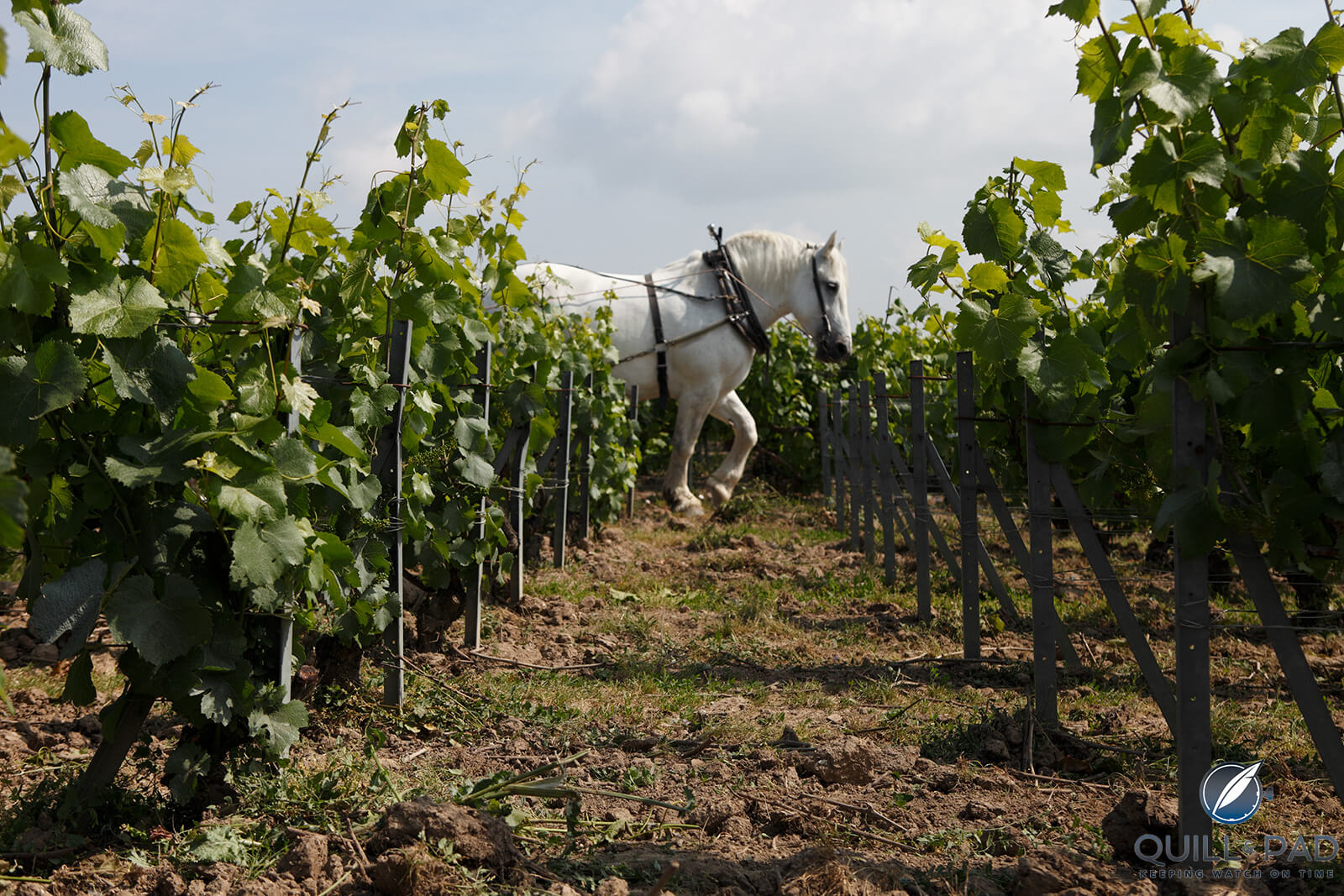
Horse working Louis Roederer vineyards
Today, conditions mean that the search by the Roederer team is for freshness, rather than ripeness.
As mentioned, Jean-Baptiste brought with him the range from the Collection, including the unreleased trials that began with the 238.
The work with these wines continues. For example, malolactic fermentation began with the 238 at 60%. Over the following releases, it dropped to 49%, then 36%, 30%, back to 34% with the 242, 26% with 243, 35% with 244 and then down to 22% with 245.
The pressure in the wine was gradually increased as well, beginning with 5 atmospheres with the 238 up to 5.8 with 244 and beyond.
Time on lees is around three years each and the percentage of oak fermentation has been increased. Dosage began at 9 grams/liter and by 244, had gradually decreased to 7 grams/litre.
The percentage of the “réserve perpetuelle” was 16% with 238, then 21%, 20%, 34%, 34%, 31% to 36% with the 244. The inclusion of the standard reserves began at 7% but with the 241, that rose to 10% and has stayed there.
Personally, with 241 having the 2016 vintage as a base, my thoughts would be that it was a vintage needing all the assistance possible, but I suspect that it was also just part of the continuing march to the ideal version of Collection.
———————————————————————————
———————————————————————————
First up, the trials (notes very brief as they are not commercially available) – Roederer only made 1,000 bottles of each. For 238, the base was 2013. This was all nuts, brioche, vegemite and stonefruits. 239 was more reticent with lemon pie and ginger notes.
A hint of raspberries. 240 came from a base of 2015, a very ripe year and there was a lovely creamy aspect here. 239 was my pick of these.
241 was released in small quantities but only in magnum. Orange rind notes, florals, white peaches, with excellent length and balance. 242 was the first released in bottle. Citrus, glacéd lemon, vegemite (umami, if you prefer), complexity and great length. A star.
It was with 242 that they moved to a Chardonnay dominant wine and have continued with that.
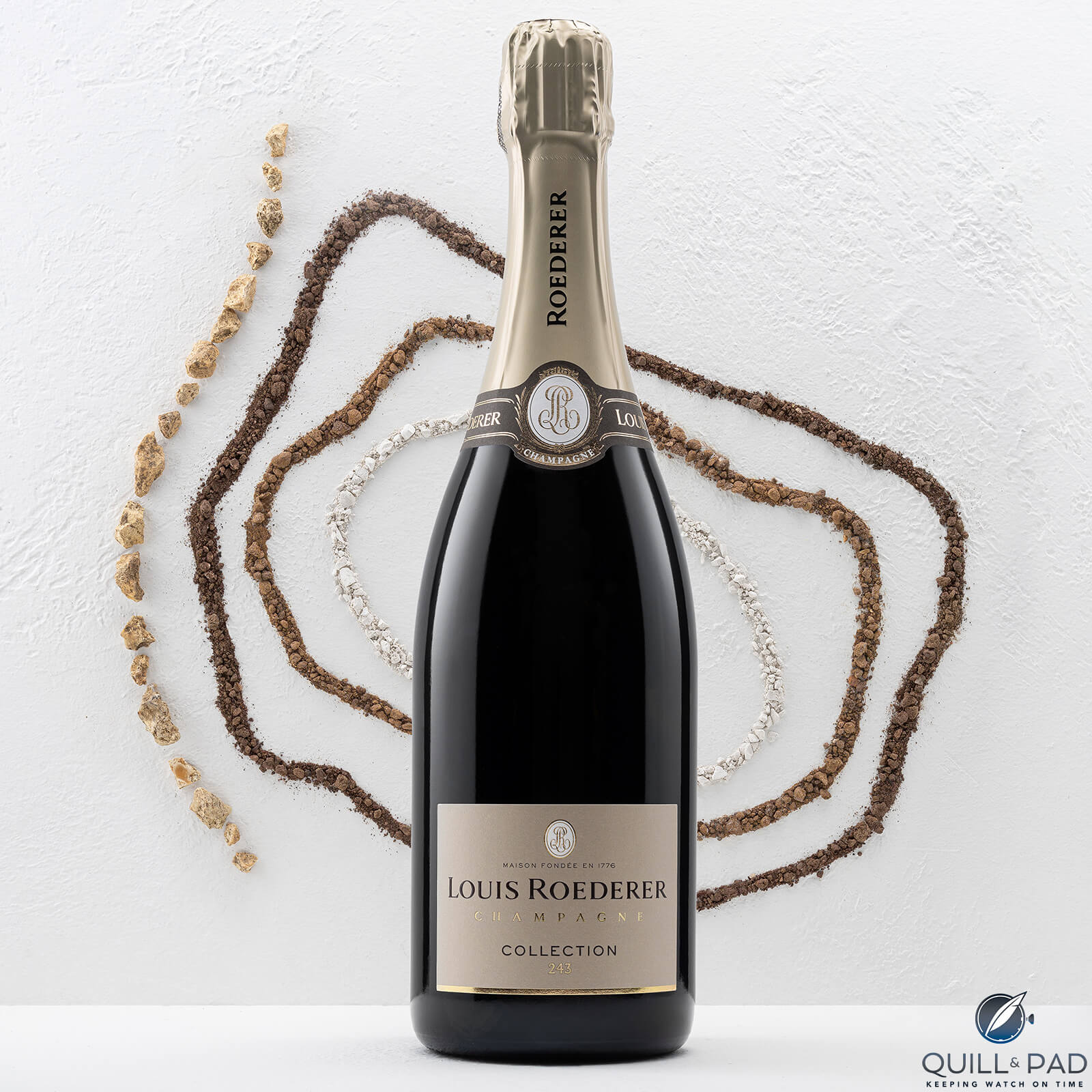
Louis Roederer Collection 243 NV champagne
243 was based on the 2018 vintage, a great year by any standards.
Jean-Baptiste refers to it as the ‘fruity year’. A wonderful creaminess here.
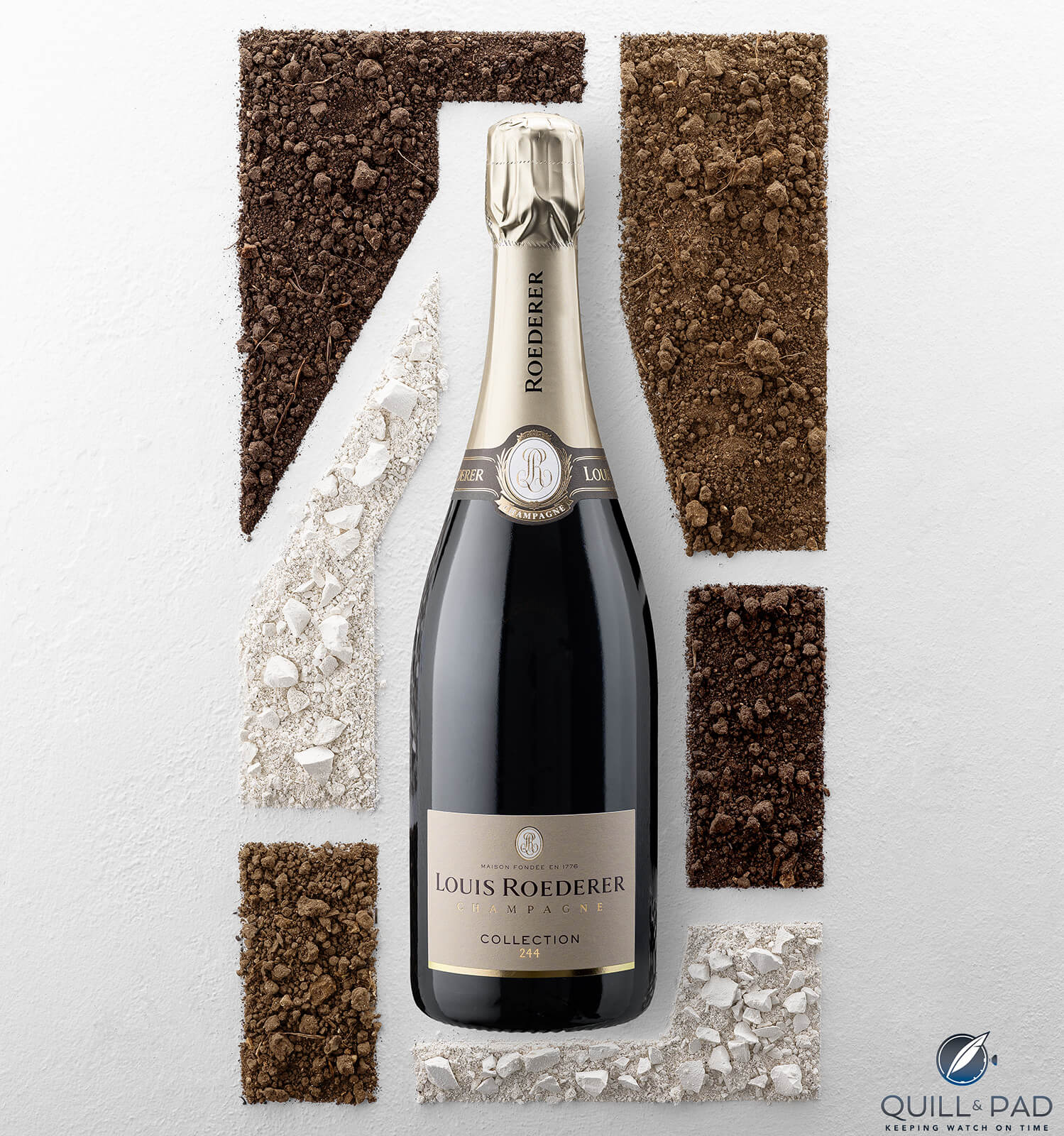
Louis Roederer Collection 244 NV champagne
With 244, based on 2019, we have a wine radiating with elegance. Citrus, chalk, spice, oystershells, lemons and minerality. A line of saline acidity. A stunning wine. 96. This is amazing buying.
This style of multi-vintage champagne is undoubtedly going to play a large role in the future of wines from the region. It is most definitely a step in the right direction. Roederer’s Collection is wonderful buying.
They will benefit time in a good cellar but are also a joy to drink now. Worth exploring.
For more information, please visit www.louis-roederer.com/en/collection244
You might also enjoy:
Champagne Lallier: Getting into the Ground Floor Early

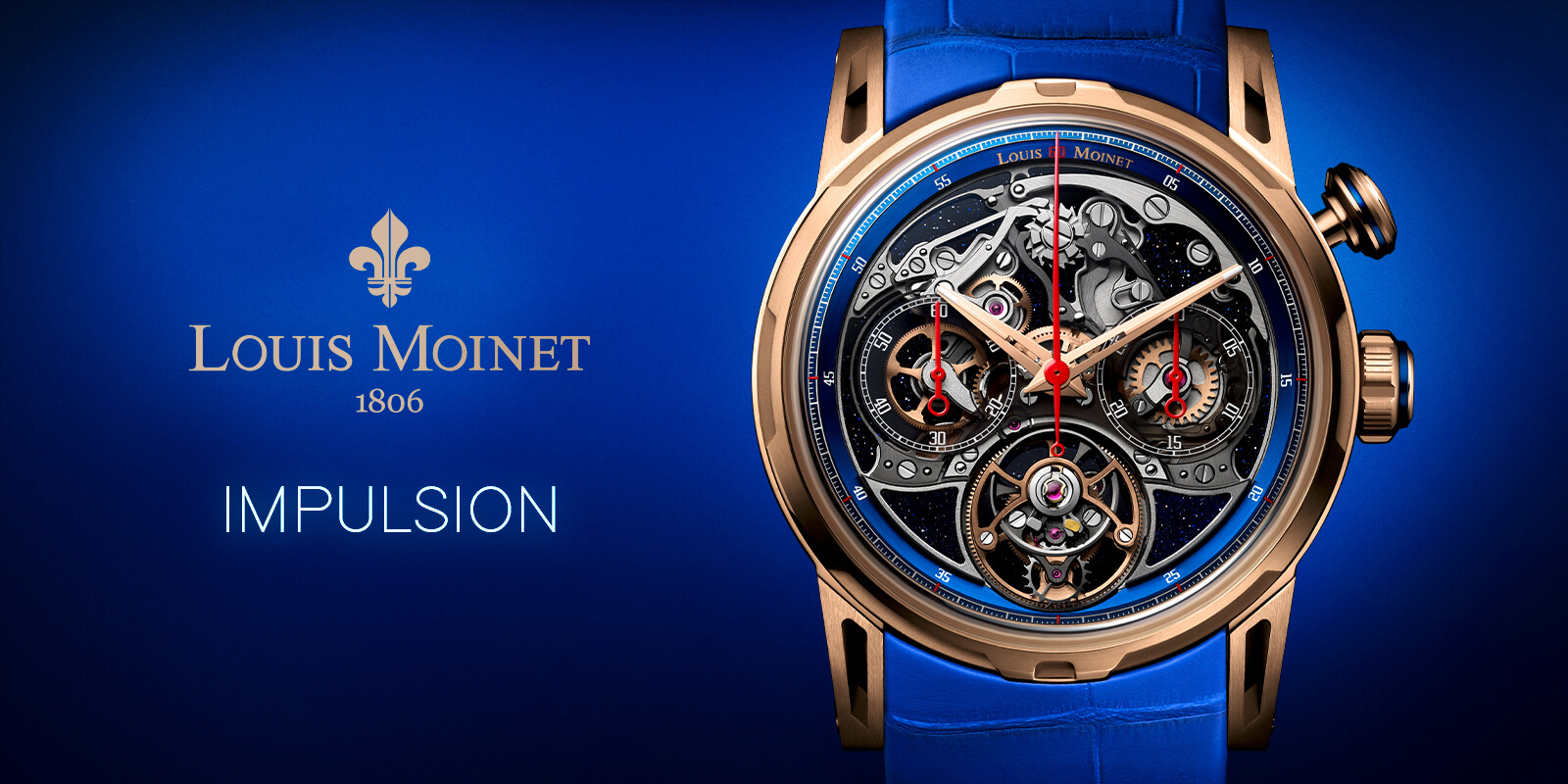
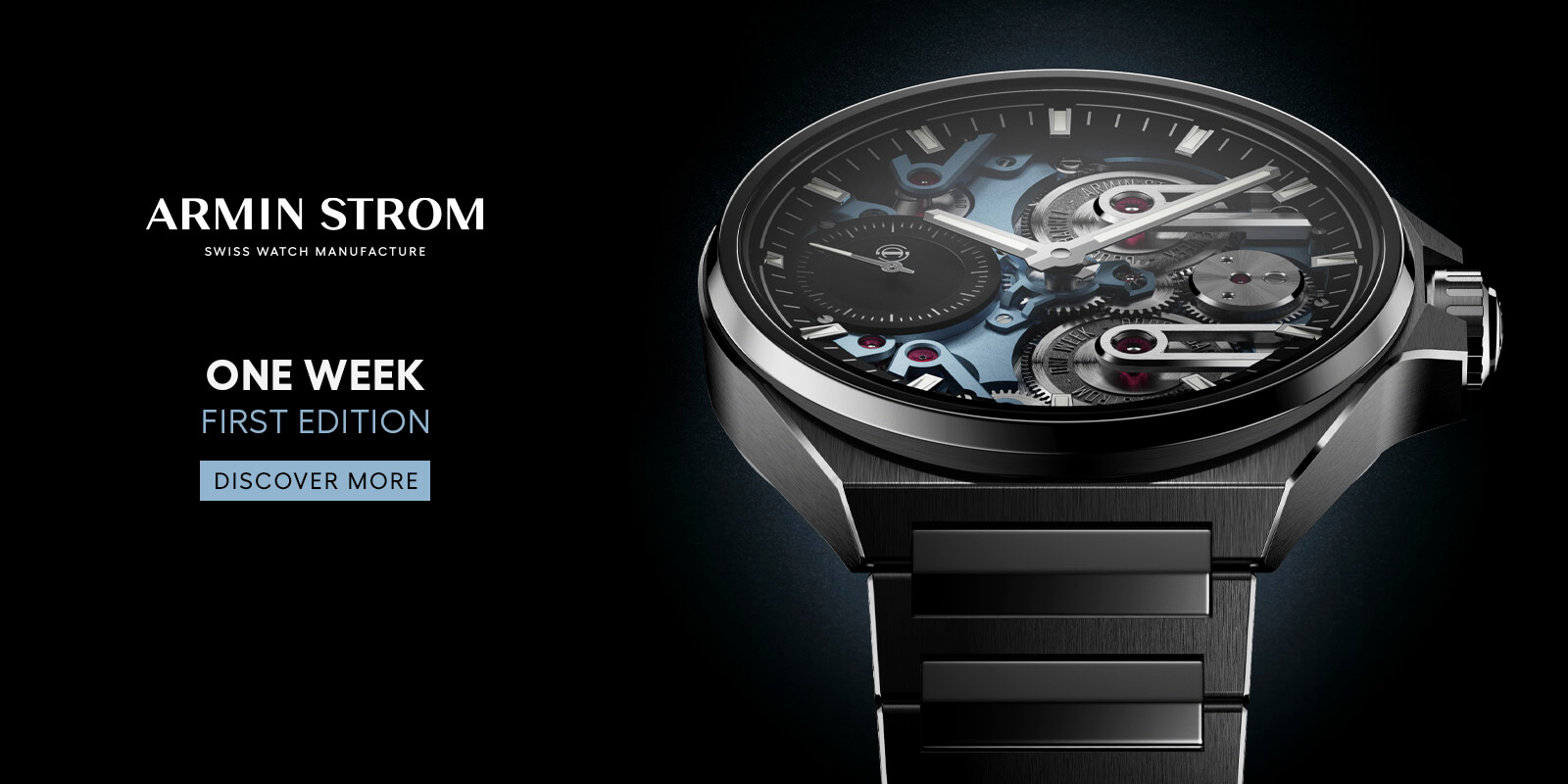
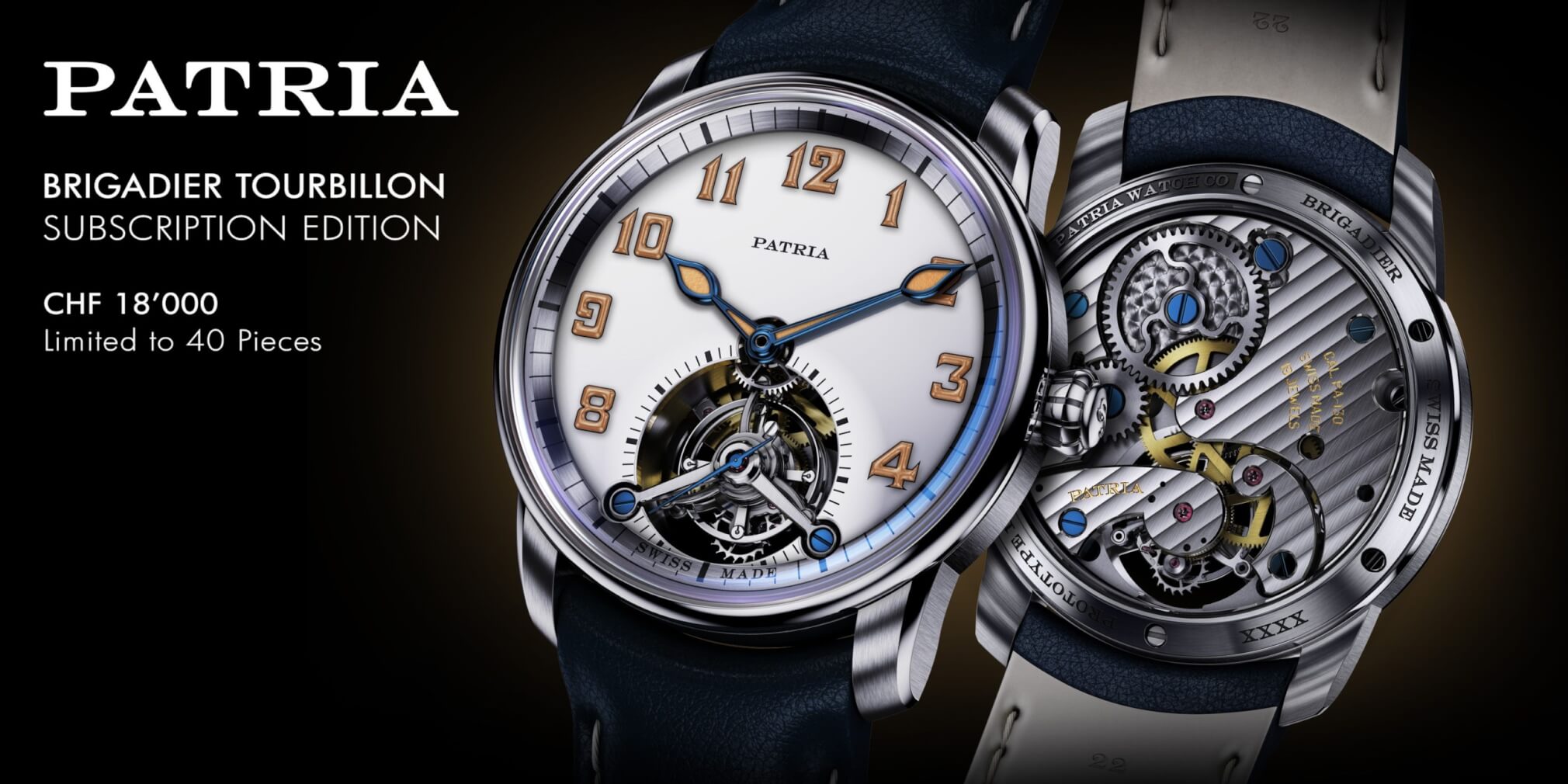


Leave a Reply
Want to join the discussion?Feel free to contribute!